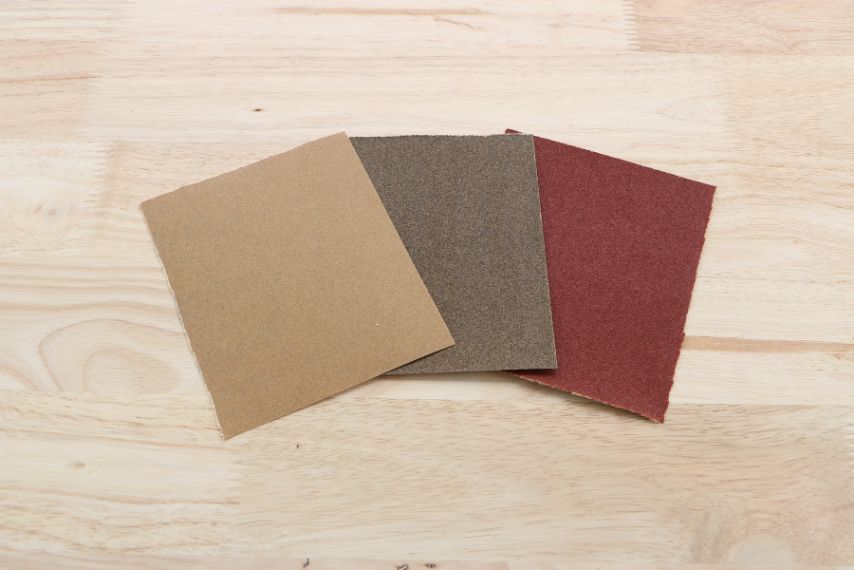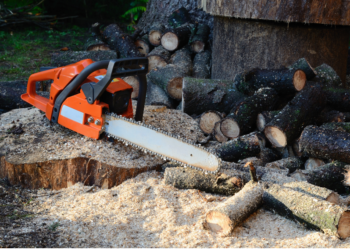When it comes to sanding projects, using the right sandpaper sheets can make all the difference. Sandpaper comes in a variety of grits and materials, each suited for different types of surfaces and sanding tasks. In this article, we’ll go over some tips on how to choose the right sandpaper sheets for your sanding projects.
How to Choose the Right Sandpaper Sheets
Know your grits
Sandpaper grit refers to the coarseness of the abrasive particles on the paper. The lower the number, the coarser the grit. For example, 60 grit is very coarse, while 400 grit is very fine. The right grit for your project will depend on the type of surface you’re sanding and how much material you need to remove. A good rule of thumb is to start with a coarse grit and work your way up to a finer grit for a smoother finish.
Consider the material
Sandpaper comes in a variety of materials, including aluminum oxide, silicon carbide, and ceramic. Each material has its own strengths and weaknesses. Aluminum oxide is a good all-purpose choice for wood and metal, while silicon carbide is better for harder materials like stone and glass. Ceramic is the most durable and long-lasting, making it a good choice for heavy-duty sanding tasks.
Look at the backing
Sandpaper backing can be either paper or cloth. Paper backing is less expensive and good for lighter sanding tasks, while cloth backing is more durable and better for heavier tasks. Cloth-backed sandpaper is also more flexible, making it a good choice for sanding curved surfaces.
Choose the right size
Sandpaper comes in a variety of sizes, including sheets, discs, and belts. Sheets are the most common and come in standard sizes like 9″ x 11″. Discs are used with orbital or disc sanders, while belts are used with belt sanders. Choose the right size for your sander to get the most efficient and effective sanding.
Don’t forget about the type of sanding
Sandpaper can be used for a variety of tasks, including rough sanding, finish sanding, and polishing. For rough sanding, choose a coarse grit like 60 or 80. For finish sanding, go with a finer grit like 120 or 150. For polishing, use a very fine grit like 400 or 600.
Use a sanding block
While sanding by hand is an option, using a sanding block will help you achieve a more even sanding surface. A sanding block provides a stable base for your sandpaper, which makes it easier to apply pressure evenly across the surface.
Change your sandpaper often
Sandpaper can become clogged with dust and debris, which will make it less effective. Change your sandpaper frequently to ensure it is always clean and sharp. A good rule of thumb is to change your sandpaper every 15-20 minutes of use.
Sand with the grain
When sanding wood, always sand with the grain to avoid creating scratches or damaging the surface. Sanding against the grain can leave unsightly marks that will be difficult to remove.
Use a dust mask
Sanding produces a lot of dust, which can be harmful if inhaled. Always wear a dust mask to protect your lungs and prevent respiratory issues.
Take breaks
Sanding can be a physically demanding task, especially if you are sanding for extended periods of time. Take breaks to rest your hands and prevent muscle strain.
In conclusion, choosing the right sandpaper sheets for your sanding projects is crucial for achieving a smooth and professional finish. Remember to consider the grit, material, backing, size, and type of sanding for your specific project. With these tips in mind, you’ll be able to choose the perfect sandpaper for your next project.









